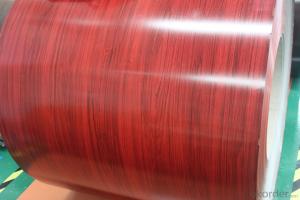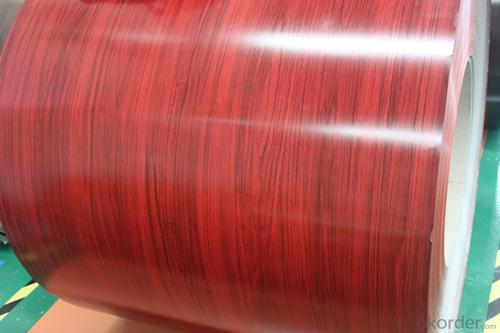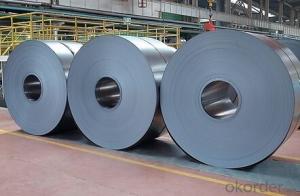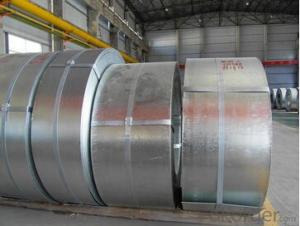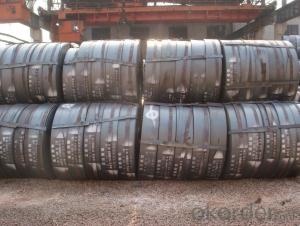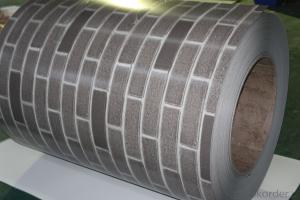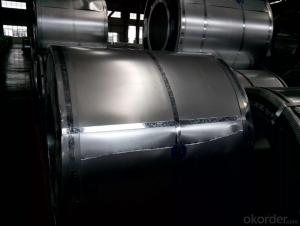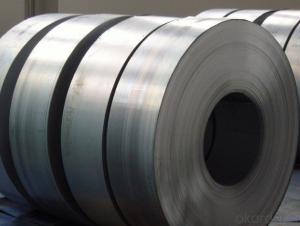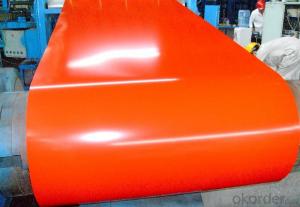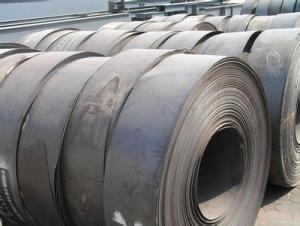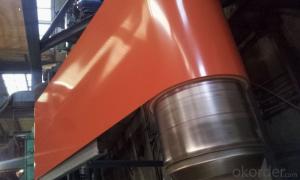Good Quality Printing Steel Plate-Stone Pattern-0.35*1250 Z70g
- Loading Port:
- Tianjin
- Payment Terms:
- TT OR LC
- Min Order Qty:
- 50 m.t.
- Supply Capability:
- 5000 m.t./month
OKorder Service Pledge
OKorder Financial Service
You Might Also Like
Good Quality Printing Steel Plate-Stone Pattern-0.35*1250 Z70g
1.strong corrosion resistance
2.surface quality
3.conducive to deep processing,such as the embossed PPGI,printed PPGI&punching PPGI
4.economy and practicality
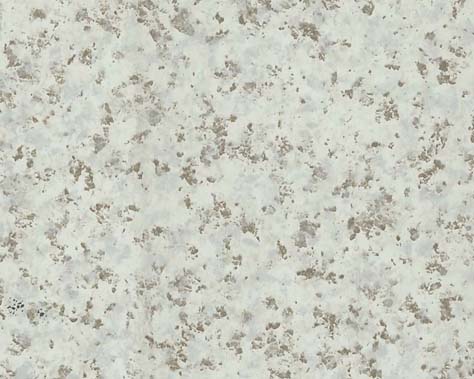
1.Thickness:0.16-2.0mm
2.Width:600-1500mm
3.Material: SGCC,SGCD,SECC,SECD,DX51D+Z
4.Zinc coating:40-275G/M2
5.Surface Structure: galvanized ,zero spangle, regular spangle or normal spangle
6.Surface treatment: chromated and oiled, chromated and non-oiled
7.Color:all RAL series

1.Refrigerator shutter &side panels, Washer, Freezers, Air conditions,
2.Rice Cooker, Microwave Ovens, Water Heaters, Sterilization Cabinets, Range Hoods
3.Computer Panels , DVD/DVB panels, TV back panel etc.
Teaching Board: whiteboard, blackboard, green board(chalk board).
Indoor Decoration: Fireproof Door, kitchen cabinet, wall decoration.
Shipping Industries: Ship, Fecht, Marine.
- Q: How do steel strips contribute to product durability in various applications?
- Steel strips contribute to product durability in various applications by providing strength, rigidity, and resistance to wear and corrosion. The high tensile strength of steel allows it to withstand heavy loads and impacts, making it suitable for structural components in buildings, bridges, and machinery. Additionally, the protective coating on steel strips helps prevent rust and corrosion, ensuring the longevity of products in harsh environments. Overall, steel strips enhance the durability and reliability of products across a wide range of industries.
- Q: How are steel strips used in the production of industrial valves?
- Steel strips are used in the production of industrial valves to form the outer structure and components of the valve, providing strength, durability, and resistance to corrosion. These strips are cut, bent, and welded to create different parts of the valve, such as the body, bonnet, and stem. Additionally, steel strips are often used as a base material for coating or plating processes to enhance the valve's performance and longevity.
- Q: What are the different lengths available for steel strips?
- Steel strips come in various lengths to accommodate different applications and requirements. The lengths of these strips can vary from a few inches to several feet, depending on the intended purpose and the industry. Standard sizes for steel strips include 12 inches, 24 inches, 36 inches, and so forth. However, it is also possible to obtain custom lengths by cutting longer strips to the desired size. Furthermore, steel strips can be supplied in rolls or coils, which can have different lengths depending on the thickness and width of the strip. Ultimately, the length of steel strips is determined by factors such as the specific industry, the intended purpose, and the customer's specifications.
- Q: How are steel strips used in electrical applications?
- Due to their excellent conductivity and durability, steel strips find common usage in electrical applications. These strips serve as conductive pathways, facilitating the flow of electrical current through different components within a circuit. In electrical devices, they function as connectors or terminals, ensuring a dependable and efficient transfer of electricity. In transformer cores, steel strips assume the role of creating laminations that enhance the core's magnetic properties. These laminations effectively reduce energy losses by minimizing the occurrence of eddy currents, which can arise when alternating currents pass through solid metal objects. By utilizing steel strips, the core's magnetic field becomes concentrated, leading to enhanced energy efficiency. Moreover, steel strips are employed in circuit breakers and fuses to regulate the electricity's flow and provide protection against short circuits or overloads. These strips are designed to melt or break when subjected to excessive current, thereby interrupting the circuit and safeguarding the electrical system from damage. Additionally, steel strips can be found in electrical motors, where they act as laminations within the stator and rotor cores. These laminations effectively mitigate energy losses caused by magnetic hysteresis and eddy currents, ultimately resulting in the more efficient operation of the motor. In summary, steel strips play a pivotal role in various electrical applications, ensuring the necessary conductivity, durability, and magnetic properties required for the efficient and reliable transmission of electricity.
- Q: How are steel strips tested for internal defects?
- Various non-destructive testing (NDT) methods are used to examine steel strips for internal defects. One commonly employed technique is ultrasonic testing, where high-frequency sound waves pass through the strip and the time it takes for their return is measured. Differences in the reflection of the waves indicate flaws such as cracks or voids within the material. Another method, magnetic particle inspection, relies on magnetism. A magnetic field is generated around the strip, and any defects disrupt this field, causing magnetic particles to gather at the flaw, making it easily visible and detectable. Eddy current testing, which is widely utilized, involves passing an alternating current through a probe close to the strip's surface. Internal defects affect the material's electrical conductivity, which alters the eddy currents within it. These changes are detected by the probe, enabling the identification of flaws. Additional methods, like radiographic testing that uses X-rays or gamma rays to create an internal structure image, or dye penetrant inspection that applies colored liquid dye to the surface to check for seepage into cracks or defects, are also utilized based on specific steel strip requirements. These NDT methods are vital for ensuring the quality and integrity of steel strips. They allow for reliable detection of internal flaws without causing damage. Early identification of these flaws facilitates appropriate measures to rectify or remove defective strips, preventing potential failures or accidents in the future.
- Q: Can steel strips be used in the production of watch straps?
- Watch straps can indeed be made using steel strips. The reason behind the popularity of steel strips as a material for watch straps lies in their durability, strength, and resistance to corrosion. These strips can be molded and adjusted to suit various watch designs and wrist sizes. Moreover, steel strips can be polished or coated with different finishes to elevate their look and make them visually attractive. All in all, steel strips offer a dependable and fashionable alternative for watch straps.
- Q: What is the tensile strength of galvanized steel strips?
- The tensile strength of galvanized steel strips can vary depending on the specific grade and thickness of the strips. However, typically, galvanized steel strips have a tensile strength ranging from 370 to 500 megapascals (MPa).
- Q: How are steel strips used in the production of heat exchangers?
- Steel strips are commonly used in the production of heat exchangers as they provide structural support and help create the necessary heat transfer surfaces within the exchanger. These strips are often formed into fins or plates that enhance the heat transfer process by increasing the surface area for heat exchange. Additionally, steel strips offer durability and corrosion resistance, ensuring the longevity and efficiency of the heat exchanger in various applications.
- Q: How do steel strips contribute to reducing material waste in various applications?
- Steel strips contribute to reducing material waste in various applications in several ways. Firstly, steel strips are manufactured using a highly efficient process that minimizes the amount of raw material required. Steel is made from iron ore, which is abundant and easily accessible. The production of steel strips involves recycling scrap steel, further reducing the need for new raw materials. This process significantly reduces material waste by utilizing resources effectively. Secondly, steel strips are highly durable and have a long lifespan. They can withstand harsh conditions, such as extreme temperatures, corrosion, and impact, without compromising their structural integrity. This durability ensures that steel strips require less frequent replacement compared to other materials, reducing material waste over time. Additionally, steel strips are versatile and can be easily cut, shaped, and formed to fit specific requirements. This flexibility allows for precise customization and efficient use of materials, minimizing waste during the manufacturing process. Furthermore, steel strips are often used in construction and infrastructure projects. In these applications, they help reduce material waste by enabling efficient use of resources. For example, steel strips can be used as reinforcement in concrete structures, reducing the amount of concrete required. This not only lowers the overall material waste but also decreases the weight of the structure, resulting in cost savings and reduced environmental impact. Moreover, steel strips are recyclable at the end of their life cycle. They can be melted down and used to produce new steel products, making them a sustainable choice. This ability to be recycled indefinitely further reduces material waste and conserves natural resources. In conclusion, steel strips contribute to reducing material waste in various applications by their efficient manufacturing process, durability, versatility, and recyclability. Their use in construction and infrastructure projects also enables efficient resource utilization. By opting for steel strips, industries can make significant strides in minimizing material waste and promoting sustainability.
- Q: Are steel strips suitable for making automotive exhaust systems?
- Yes, steel strips are suitable for making automotive exhaust systems. They possess high strength, durability, and resistance to heat, making them ideal for withstanding the extreme conditions and vibrations associated with exhaust systems. Additionally, steel strips can be easily formed and welded, allowing for the creation of complex shapes and designs required for exhaust components.
Send your message to us
Good Quality Printing Steel Plate-Stone Pattern-0.35*1250 Z70g
- Loading Port:
- Tianjin
- Payment Terms:
- TT OR LC
- Min Order Qty:
- 50 m.t.
- Supply Capability:
- 5000 m.t./month
OKorder Service Pledge
OKorder Financial Service
Similar products
Hot products
Hot Searches
Related keywords
